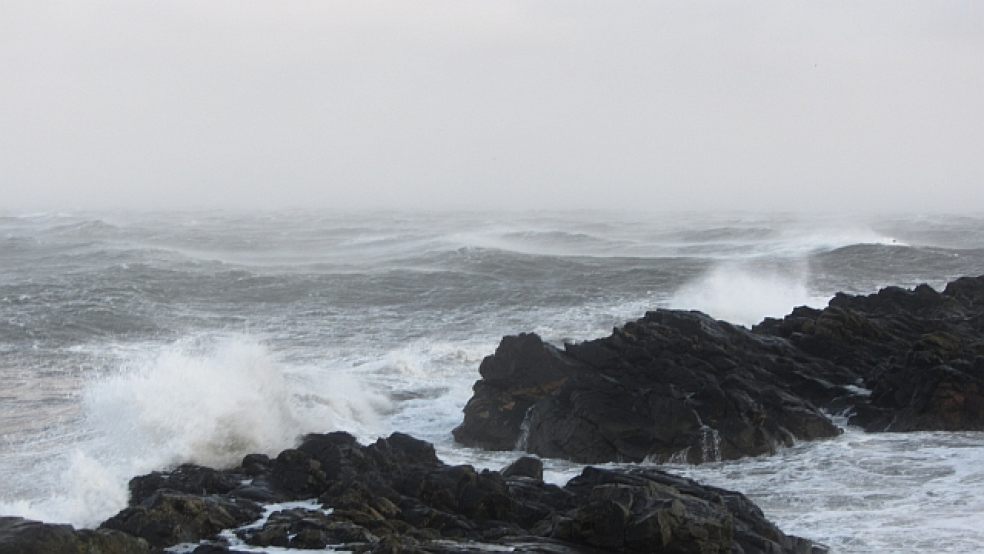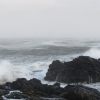
Thousands evacuated as tidal swell hits
Thousands of people were evacuated Britain was hit by a massive tidal surge.
It comes after a powerful Atlantic storm, packing winds of up to 140mph, claimed two lives and caused widespread disruption.
In some places along the east coast, sea levels have been higher than they were during the devastating floods of 1953.
The Environment Agency has more than 129 flood warnings and alerts in place across England and Wales, including 23 severe flood warnings which are only issued when flooding poses a "significant threat to life".
John Curtin, the Environment Agency’s Head of Incident Management, said: “Flooding of coastal communities along the eastern and north west coasts is expected into Friday.
Some defences could be overtopped by the combined effect of high tides, high winds and a large tidal surge.
“People are being urged to check the Environment Agency website or follow @EnvAgency and #floodaware on Twitter for the latest flood outlook, and to sign up to receive free flood warnings.
“The Environment Agency continues to monitor the situation closely, working alongside partners including the emergency services, Met Office and local authorities. Our teams have been out in force checking that flood defences and barriers are in good working order, monitoring sea levels and issuing flood warnings.
“Coastal paths and promenades will be highly dangerous as there is an increased risk of people being swept out to sea.”
BBC weather presenter Matt Taylor explained that "storm surges" begin when a rising area of low pressure takes pressure off the surface of the sea, allowing it to "bulge" upwards.
"Then, as that pulls away, you get the very strong winds on the back edge of the low pressure and then that shoves that bulge of high sea levels down through the North Sea," he said.
The South West is expected to remain relatively unscathed with only three flood ‘alerts’ issued in the region.

















